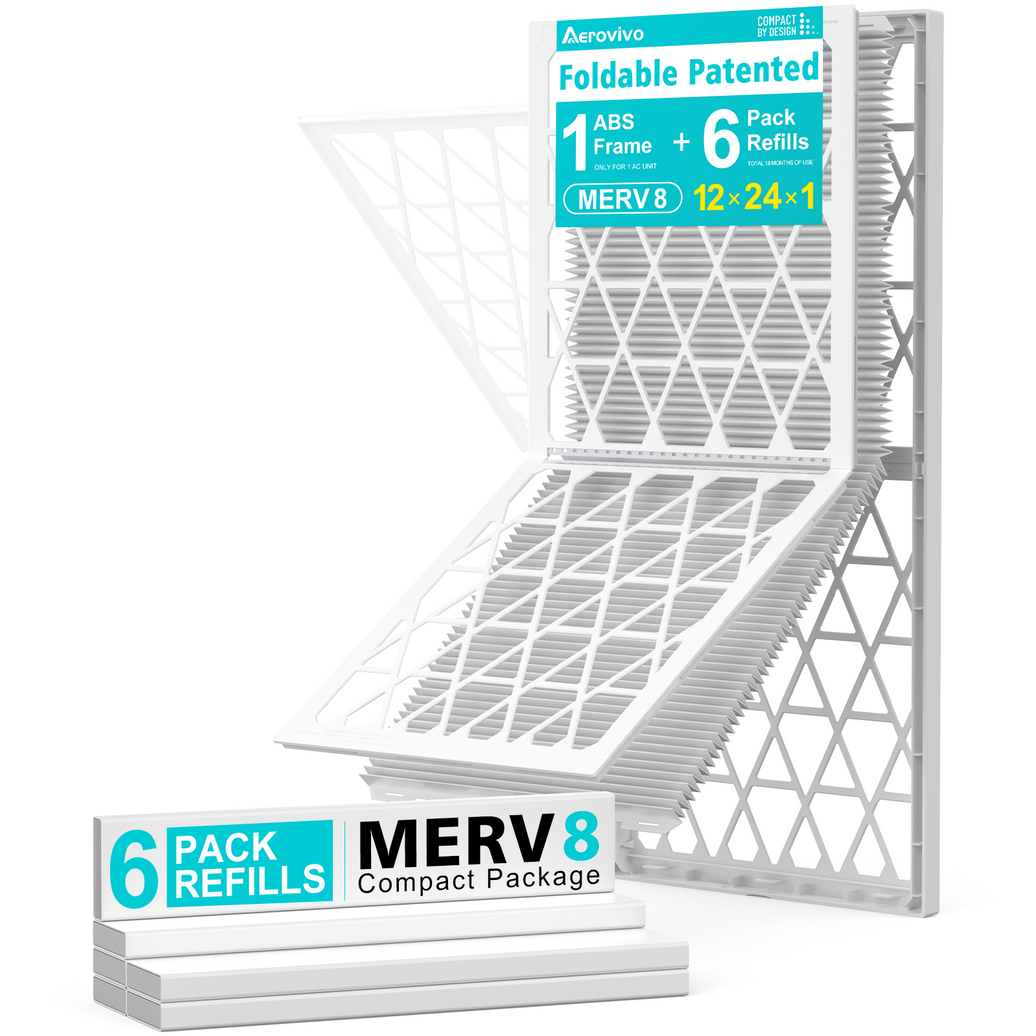With the arrival of allergy season, many people's nights are interrupted by symptoms such as sneezing, nasal congestion, and coughing. In fact, your bedroom is likely to be the hiding place of these allergens. In order to give you a truly healthy and stable sleeping environment, the following three core directions are used to sort out practical methods for you to effectively reduce bedroom allergens.
1. Block external allergens
The outside air often contains tiny particles such as pollen and mold spores, which can easily enter the bedroom with the wind. The following methods can help block these external "invaders":
Close doors and windows: Especially in the high pollen season in spring and autumn, try to avoid sleeping with windows open. At night, you can use air purifiers or white noise devices to replace natural ventilation and sound.
Take a shower before going to bed: Outdoor allergens are easy to attach to hair and clothes. Take a hot shower and change into clean pajamas after returning home to avoid bringing these allergens into the bed.
Control humidity: A humid environment is conducive to the growth of mold and dust mites. Using a dehumidifier or turning on the bathroom exhaust fan after taking a shower to keep the indoor humidity between 30%-50% is an ideal choice.
2. Reduce the accumulation of indoor allergens
Many common items quietly accumulate dust mites, dust and other allergens. Improving these details can significantly improve air quality:
Replace or regularly clean carpets and curtains: Carpets and heavy curtains are "hotbeds" for allergens. You can choose machine-washable carpets for wooden floors and vacuum them with a HEPA filter every week.
Wash bedding at high temperature every week: Use hot water of at least 130°F (about 54°C) to wash sheets, pillowcases and duvet covers to effectively kill dust mites. It is recommended to cover pillows and mattresses with anti-dust mite covers.
Invest in anti-allergy bedding: Choose bedding certified by the Asthma and Allergy Foundation, which not only blocks allergens but also does not release irritating chemicals. It is recommended to replace pillows every two years and mattresses every 8 to 10 years.
Dust regularly: Wipe the surface of furniture with a slightly damp cloth to avoid dust. It is recommended to choose furniture made of wood, metal or plastic to avoid fabric surfaces that are difficult to clean.
3. Develop healthy living habits
In addition to environmental adjustments, some daily living habits also have a significant impact on allergy control:
Do not allow pets into the bedroom: pet hair, dander and saliva may trigger allergies. Even if you are close, it is recommended to prepare a comfortable sleeping space for them in other rooms.
Avoid scented products: The chemical ingredients in some aromatherapy, sprays and cleaners may induce allergy or asthma symptoms. People with sensitive skin should choose fragrance-free or natural formula products.
Reduce the accumulation of clutter: Books, decorations, dolls and other items are prone to dust accumulation. Keeping the bedroom simple can not only effectively reduce allergens, but also improve sleep quality and mental state.
Summary
The bedroom is where we rest and restore energy every day, but it is often an unnoticed allergen disaster area. By starting from the three major directions of "blocking external allergens, reducing indoor accumulation sources, and developing healthy habits", combined with daily maintenance, you can create a cleaner, more comfortable, and allergy-friendly sleeping environment, so that every night is safe and undisturbed.



























